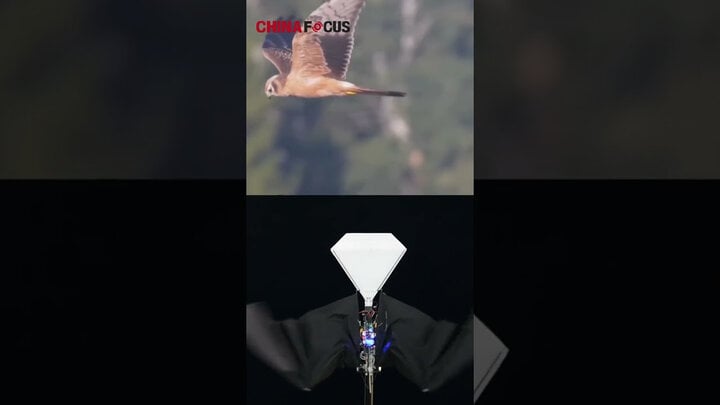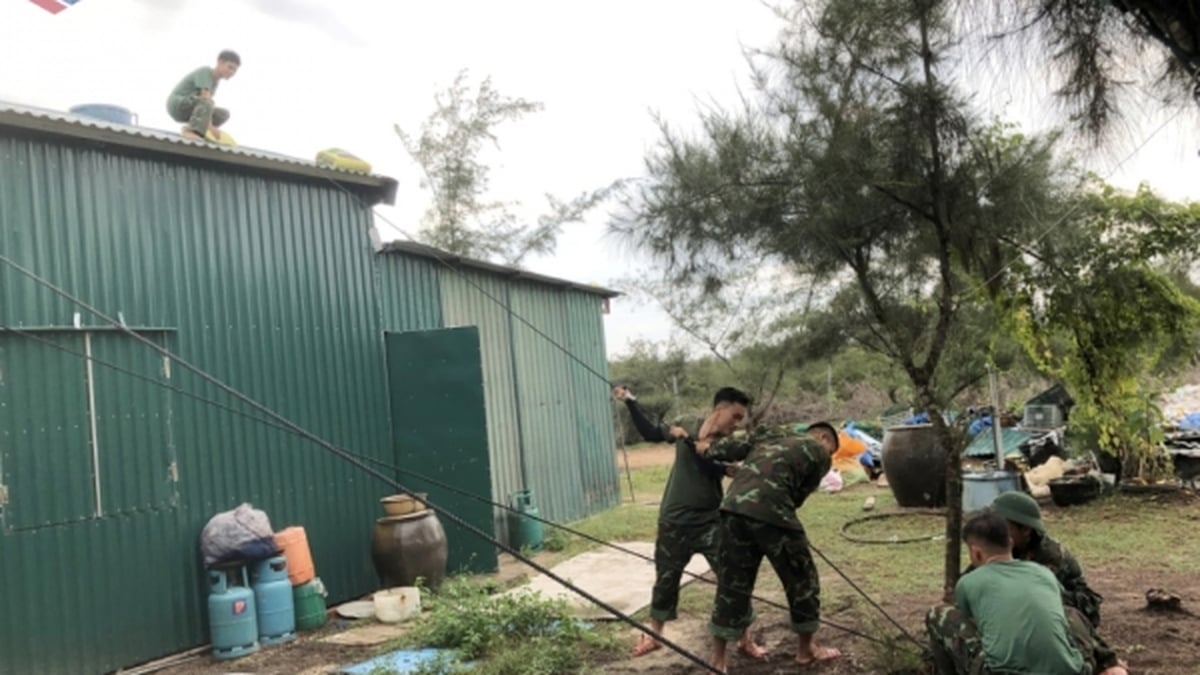China unveils world's most bird-like drone. Video source: Northwestern Polytechnical University, China
Recently, China Central Television (CCTV) released a video of a very special new drone, which is said to be very similar to a bird in its natural environment. Experts confirmed that this vehicle has a flapping mechanism like a real bird.
Here, the wings can extend and fold like bird wings, which means it has almost unparalleled flight efficiency just like a real bird, so it can bring huge applications in both military and civilian fields.
The clip includes the design, research and development process of the drone, as well as clips of field testing. The vehicle was developed by a team of researchers from Northwestern Polytechnical University (NWPU) in Xi'an, China. The university has close ties to China's defense research sector, and is known for its significant contributions to the development of drones and hypersonic technology, the Eurasian Times reported.

Drones like the “Small Falcon” are designed to mimic the flight mechanics of real-life birds, and are considered a significant advance in Chinese aviation technology by the Eurasian Times. (Photo: China Focus)
CCTV also reported that the “Small Falcon” vehicle has integrated a specialized flight model that can imitate birds, by developing a new flight operation mechanism through a conical rotating shaft. The vehicle can fold its wings when flapping, fold only one wing when flying, adjust the flapping speed, and can also lock its wings to perform gliding movements.
According to CCTV, the “Small Falcon” has potential applications in military reconnaissance, ecological monitoring and environmental protection because it can hardly disturb wild animals. A Chinese aviation expert who requested anonymity told the Global Times that it is actually very difficult to distinguish it from a real bird with the naked eye, especially when it is higher in the sky. Therefore, this ability allows the aircraft to blend perfectly with its surroundings, making it harder for radar to detect.
Source






















![[Photo] National Assembly Chairman Tran Thanh Man visits Vietnamese Heroic Mother Ta Thi Tran](https://vphoto.vietnam.vn/thumb/1200x675/vietnam/resource/IMAGE/2025/7/20/765c0bd057dd44ad83ab89fe0255b783)















































































Comment (0)